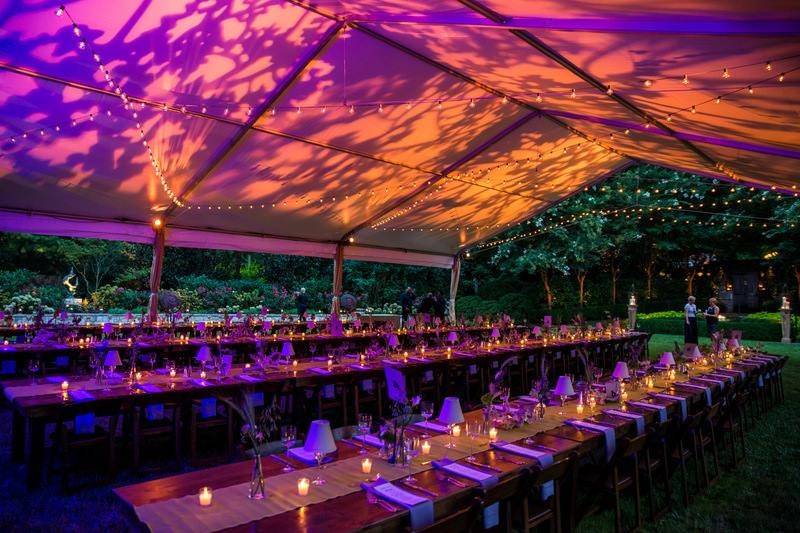Lighting plays a crucial part in motion projection because it sets the atmosphere and feel of the exhibit. Different illumination methods can elicit various feelings and reactions from the audience. For instance, using gentle, warm lights can create a welcoming atmosphere, while vivid, cool illumination may produce a more energetic or dramatic effect. By carefully selecting light colors and brightness, creators can influence how audience interpret the projected images, leading to a more immersive experience. The balance between projection luminance and surrounding light is essential, as it can significantly impact the clarity and impact of the images.
In addition to, hue and brightness, the angle of illumination also influences the efficacy of mapping. Illumination from different directions can generate contrast and accents that add depth to the projected images. This technique, known as light and shadow, can great post to read enhance the three-dimensionality of the objects being mapped. Additionally, using moving lights can introduce energy to the exhibit, making the experience more involving for the viewers. When the light interacts with the projected visuals, it can create an effect of movement and change, grabbing the audience's attention.
Another important element of lighting in mapping is the use of special effects. Techniques such as gobo lighting, which employs shapes and shapes to filter light, can add texture and intricacy to the projections. This approach enables creators to superimpose images and produce aesthetically captivating results that enhance the projection. Moreover, incorporating lasers or LED lights can further enhance the display, offering a distinct mix of sight components that draw the audience in. These special features, when used thoughtfully, can transform the mapping beyond a simple display to an immersive work of creativity.
In conclusion, the influence view website of illumination techniques on video mapping is significant. By comprehending how different illumination elements interact with projected images, artists can create enthralling encounters that connect with audience. The thoughtful selection of hue, brightness, direction, and special effects allows for a rich canvas of sight narrative. As technology continues to evolve, the possibilities for creative expression in projection will only grow, making lighting an ever-important component in this innovative creative medium.
